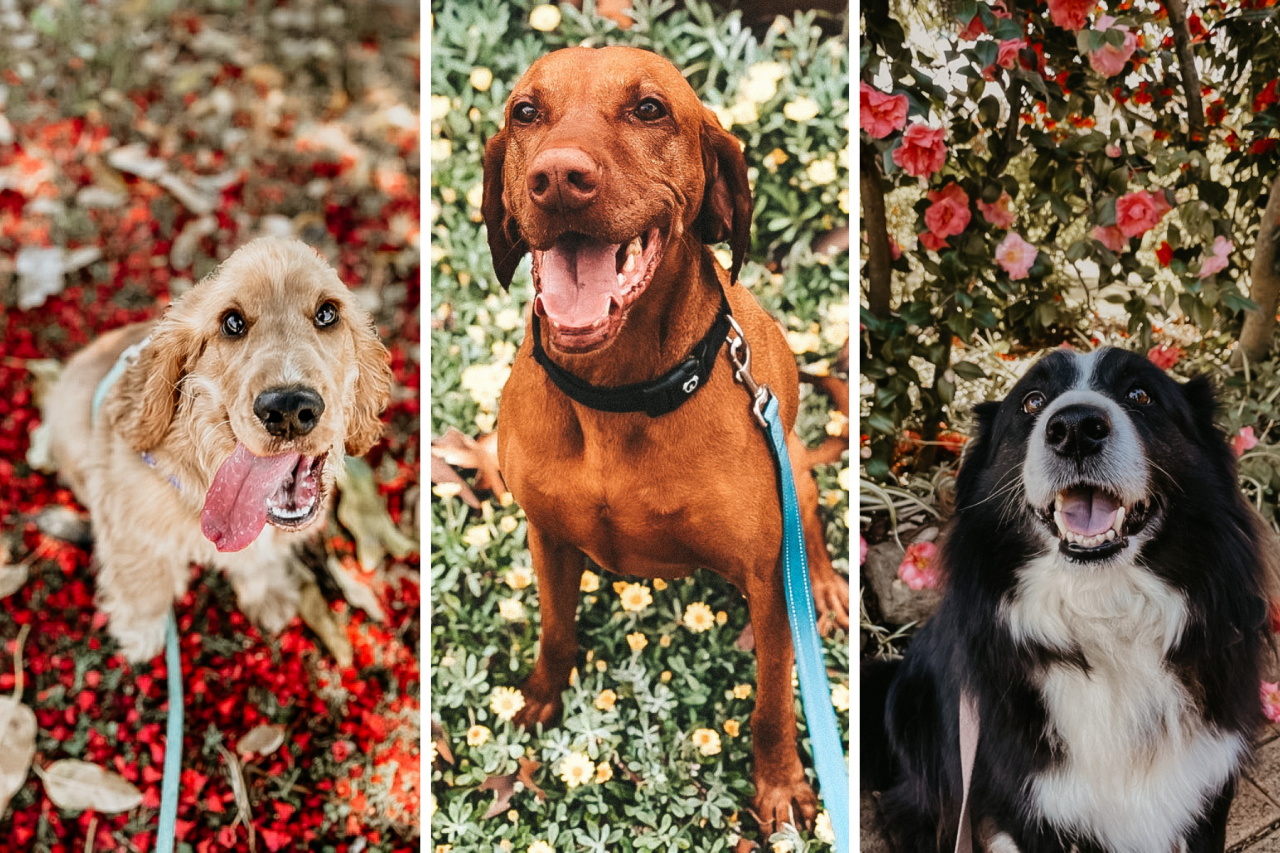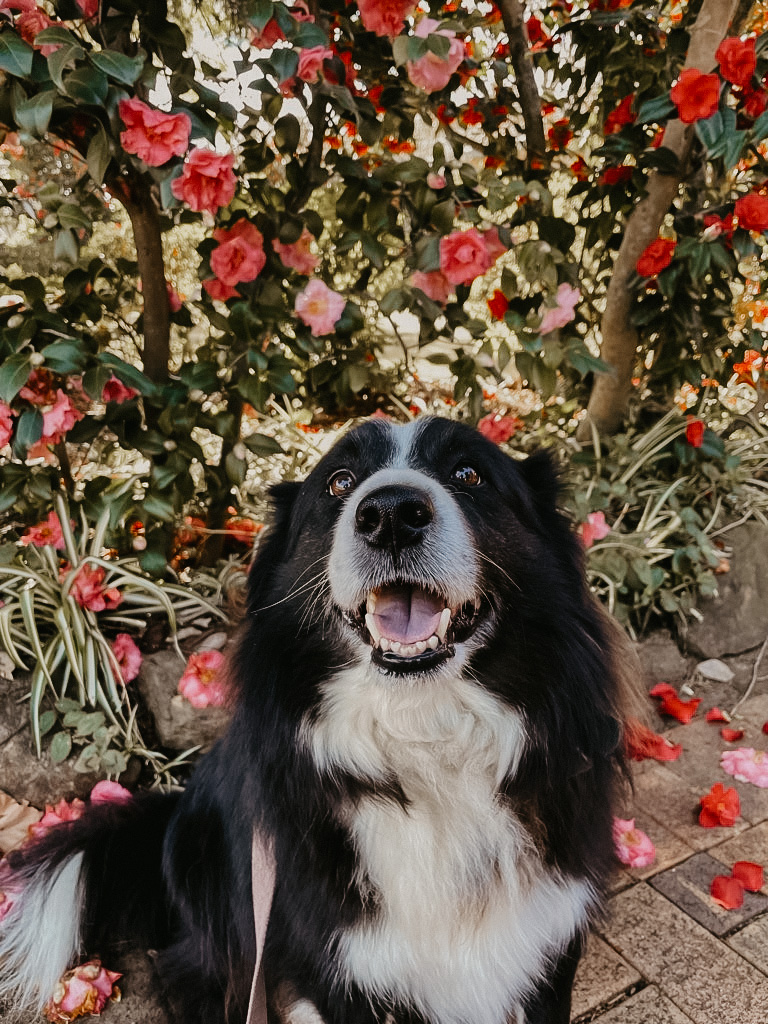With the weather finally warming up, many of us are tending to our gardens and house plants even more than during the cold Winter months.
Though while they’re exercising their green thumb, it’s important for pet owners to be aware of any flower breeds that might be dangerous for their pets.
There are many common ornamental flowers which can be toxic to both cats and dogs. As beautiful as they may look in your garden or as a bouquet on your dining table, pet owners should be sure to avoid flower varieties which may be tantalising though toxic to their fur friends, especially around special occasions such as Valentine’s Day or Mother’s Day when you might be giving a bouquet as a gift to your partner or loved one.

Toxic flower varieties:
- Daffodil
- Lily
- Tulip
- Azalea / Rhododendron
- Iris
- Autumn Crocus (also known as meadow saffron or naked ladies)
- Amaryllis
- Cyclamen (also known as sowbread, alpine or Persian violet)
- Nerium Oleander
- Carnation
- Chrysanthemum
- Hydrangea
- Foxglove
- Peony
- Hyacinth
- Lily of the Valley
- Gypsophila (also known as Baby’s Breath) – only mildly toxic, but can irritate a pet’s stomach if ingested.
- Wisteria
- Birds of Paradise
Toxic house plant varieties:
- Aloe Vera
- Anemone
- Azalea
- Bulb flowers, such as Hyacinth, Narcissus and Amaryllis
- Chrysanthemum
- Dieffenbachia
- Dracaena
- Ficus
- Swiss cheese plants
- Lilies
- Christmas plants (Poinsettia, Christmas rose, mistletoe, holly)
- Philodendron
Remember: this is a list of popular flowers that are poisonous to pets, but not every toxic plant or flower species out there. Always check first if you’re purchasing a new plant or sending a bouquet of flowers to a household with pets.
The best bet to keep your pet safe from toxic flowers is always to keep your vase on a high shelf or in a separate room that your dog or cat can’t access.

Symptoms that your dog or cat has eaten a toxic flower
If you notice any of the following symptoms and suspect your pet has eaten something toxic, don’t wait: speak to a vet immediately. Don’t attempt to treat your pet or induce vomiting as you may cause more harm.
- Vomiting
- Lethargy
- Excessive drooling
- Loss of coordination
- Loss of appetite
- Muscle spasm or tremors
- Seizures
- Diarrhoea
- Wincing in pain
- Loss of consciousness
Be ready to pass the following information onto your vet:
- Information about your pet (including weight, age, species and breed)
- What symptoms they are experiencing
- What plant you suspect they have eaten (take a leaf or picture into the vet with you)
- How long ago you suspect they ate the plant

